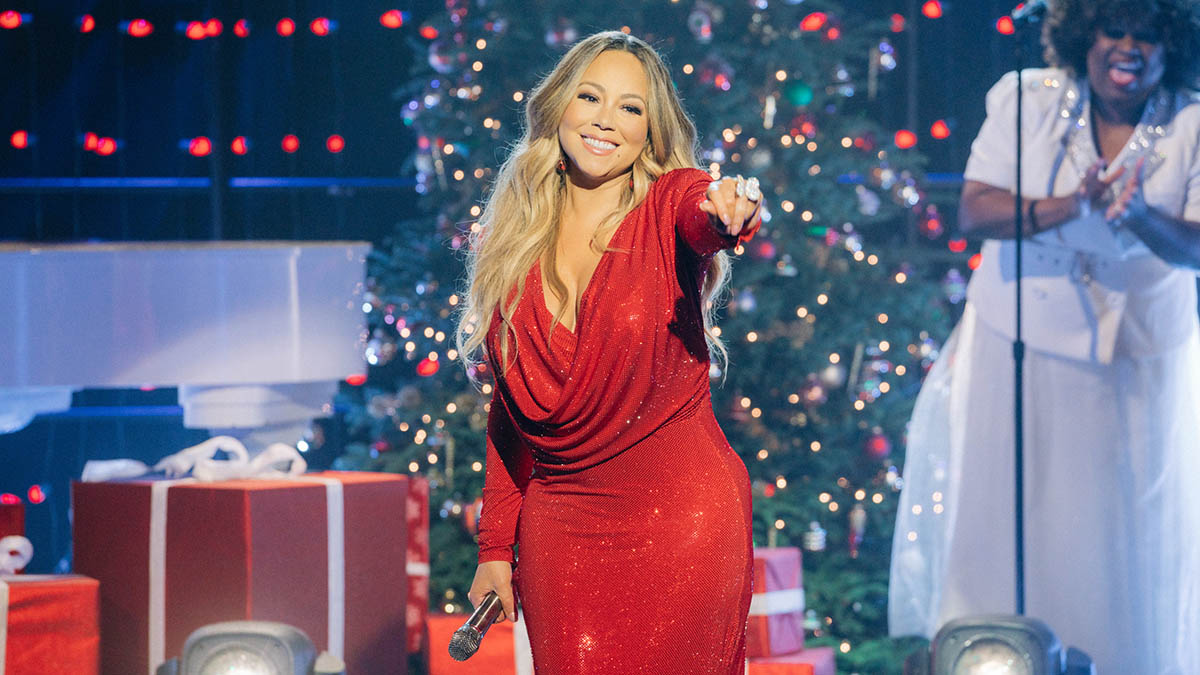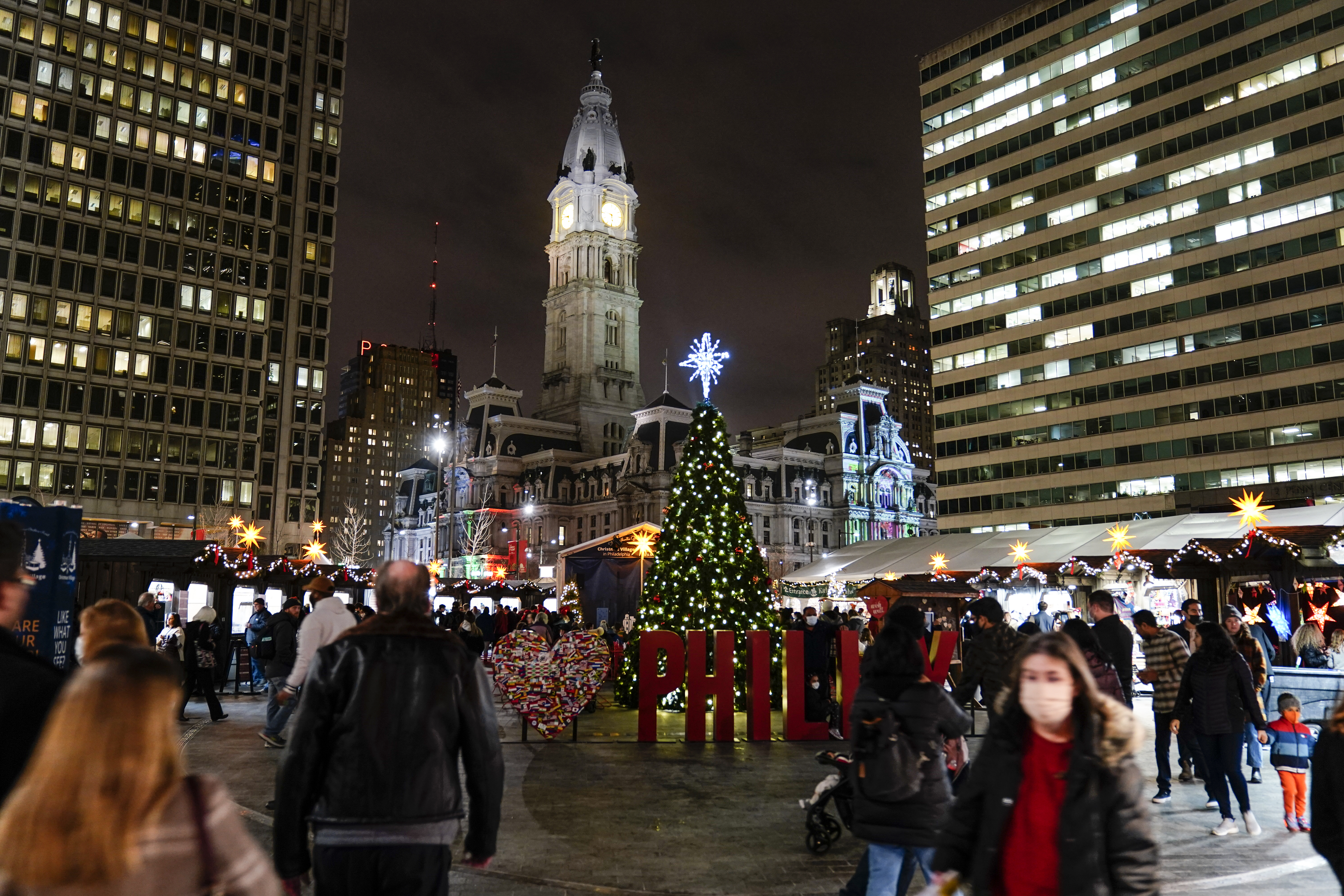The holiday season is here, and celebrations are in full swing. But few things put a damper on the festive spirit like a trip to the emergency veterinary clinic. Here are some tips for avoiding Christmas catastrophes.
Candle With Care
According to the Red Cross, pets start roughly 1,000 house fires every year. Sadly, many pets do not survive them. Keep holiday candles well away from flammable holiday items (read, Christmas trees and essential oils), and away from the hazards posed by swishing tails and curious paws.
Secure The Tree
Get Southern California news, weather forecasts and entertainment stories to your inbox. Sign up for NBC LA newsletters.
We’ve all known that one cat who will happily risk one of her nine lives to reach the top of the Christmas tree. But for many pets, the base of the tree can be just as dangerous. Christmas trees are often treated with preservatives and pesticides that leach into the water in which they are contained. And in our climate, standing water can quickly become a breeding ground for bacteria and mold. Pets who drink said water often become ill. A standing tree skirt or tree collar goes a long way towards blocking a curious critter.
Know Your Pesky Plants
While poinsettias have a reputation for being deadly for pets, the milky white sap inside their leaves and stems is only mildly toxic to both dogs and cats. That said, other seasonal favorites such as holly, mistletoe, lilies, and amaryllis are far more dangerous to our furry friends. Keep natural greenery away from pets, and be certain to pick up dropped leaves and berries. If you’re decorating with artificial greens, bear in mind that pets often chew them out of curiosity. Styrofoam berries and plastic fronds are some of the most common causes of holiday surgical emergencies in pets.
Say No To Canned Snow
Given the odds of a white Christmas in South Florida, many of us make do with artificial snow. Some such products are specifically labelled as safe for use around children and pets. Others warn against such exposure, while others still are annoyingly ambivalent. With that said, there is a lot of anecdotal evidence to suggest these products can be a problem for pets who inhale or ingest them. At Casa Kupkee, we err on the side of caution and enjoy our natural, green Christmas.
Put Food On The Table, Not On The Tree
Clay dough, bread dough, and raw macaroni are often used for DIY holiday crafting projects. While the finished products look like decorations, to our pets, they smell like food. And as far as our pets are concerned, if it smells like food, it gets treated like food. Once these materials are ingested, they can expand in the stomach, causing obstruction or life-threatening bloat. Any holiday decorations made from edible materials should be displayed well out of a pet’s reach.
Use Caution With Cords
Strands of lights on a Christmas tree are irresistible to pets. Each holiday season, veterinarians treat pets who have been shocked or burned while chewing Christmas light cords. If you’re putting up a tree this year, consider blocking it with a baby gate.
Reconsider Essential OIls
Essential oil sprays and diffusers do a great job of filling our homes with the scents of the season. Like many other substances, essential oils are processed in the liver, using a particular enzyme called glucuronyl transferase. Simply put, cats naturally lack this specific liver enzyme. For this reason, it is not currently recommended that cat owners apply any essential oils directly to their cats, or use essential oil diffusers or sprays in their homes. While many cat owners report having used such products without incident, bear in mind that the effects of toxicity can be cumulative, as opposed to sudden and dramatic. Cats may choose not to leave a room where a diffuser is being used, and their interest in sticking around can easily lead to a false assumption that they instinctively know what is best.
While all essential oils can present problems for cats, products high in 1,8-cineole, camphor, pinene, limonene, methyl salicylate, ketones, and phenols are especially dangerous. These include, but are not limited to, some of the more popular scents associated with the holidays. Pine, fir, peppermint, spearmint, spruce, wintergreen, frankincense, clove and cinnamon should all be strictly avoided.
Clinical signs of essential oil toxicity in cats include respiratory distress, vomiting, tremors, unsteadiness, drooling, or low body temperature. The cat may appear to be coughing up a hairball, or attempting to vomit, but may only stay crouched in this position. Cats showing any of these signs require immediate veterinary intervention.
Toss The Tinsel
While tinsel is not poisonous in and of itself, this shiny, dangly wonder can be deadly for our dogs and cats. When tinsel is ingested, it often becomes what’s known as a linear foreign body. Linear foreign bodies occur when pets swallow stringy material, which then wraps around soft tissue, and becomes anchored in such a way as to prevent complete movement through the intestinal tract. As the intestines naturally move and contract, a linear foreign body can slowly cut through the intestinal tissue. Linear foreign bodies can severely damage or rupture the intestines, and treatment involves complex - and expensive - abdominal surgery. For this reason, tinsel is yet another item which is banned from Casa Kupkee.
Many holiday emergencies result from the combination of bored pets and frazzled humans. Now is a good time to pick up some interesting food puzzle toys to keep Fluffy occupied during the hustle and bustle of a busy holiday season.
Dr. Kupkee is the lead practitioner at Sabal Chase Animal Clinic.



